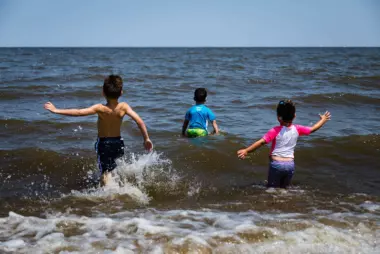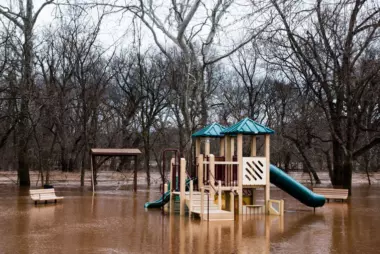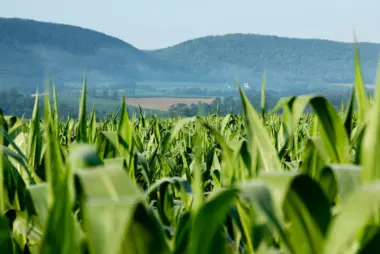Keys to Community Buy-in for the Environment
Community engagement is an important part of life as a local elected official: Public opinion and engagement play a large role in what you do. This module will show you how to build support on environmental issues, spur behavior change and get the most out of your efforts to engage your community.
Preview presentation and download files
Downloads
Presentations and Fact Sheets
Presentation Assets
Video for Keys to Building Community Buy-In for the Environment
In this topic you will learn
-
What are the benefits of community engagement?
-
How can I maximize the impact of my engagement efforts?
-
How do I build support for clean water work?
Downloads
Presentations and Fact Sheets
Presentation Assets
Highlights
Education
Community engagement and volunteer training efforts can teach constituents of all ages about environmental issues, and can encourage them to change behavior and be better environmental stewards.
Economic Development
Local governments in the U.S. spent $146.6 billion on protecting the environment in 2020. More community involvement means more pooled resources from volunteers and community partners. These partners can mobilize their own networks, expanding your reach, capacity and access to equipment. Community engagement helps you make connections, identify shared needs and plan strategically to be as efficient as possible.
Public Health and Safety
Hearing from your community can raise previously unknown issues of public health and safety. Education campaigns about topics like litter can also help your community better understand health and safety risks, and motivate them to change behavior.
Infrastructure Maintenance and Finance
Involving your community can help you come up with innovative, publicly supported ideas for funding and maintaining your community’s infrastructure.
Case Studies You'll Find Inside
Finger Lakes
Finger Lakes, New YorkBuilding Capacity for Environmental Protection
The Partnership for Regional Invasive Species Management, or PRISM, includes government, academic and nonprofit collaborators. The partnership recruits and trains volunteers to monitor, report and remove invasive species that can damage crops and forests, block stormwater drainage, and decrease recreational value and quality of life in the community. Volunteers reduce the amount of time and energy local government staff must spend tackling invasive species.
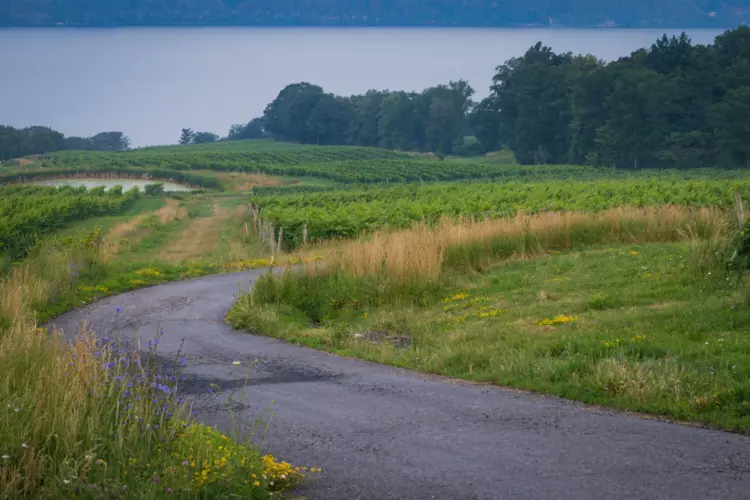
Richmond
Richmond, VirginiaUnderstanding Community Needs and Perceptions for Progress
The City of Richmond launched RVAgreen 2050 as an equity-centered approach toward achieving net zero greenhouse gas emissions and adapting to climate impacts. Early phases of the plan created space for community input, focusing on historically marginalized and underrepresented groups. As part of the planning process, the City invited residents to participate in a Racial Equity and Environmental Justice Roundtable. Residents served as liaisons who advocated for the inclusion of community voices, experiences and needs in the planning process.
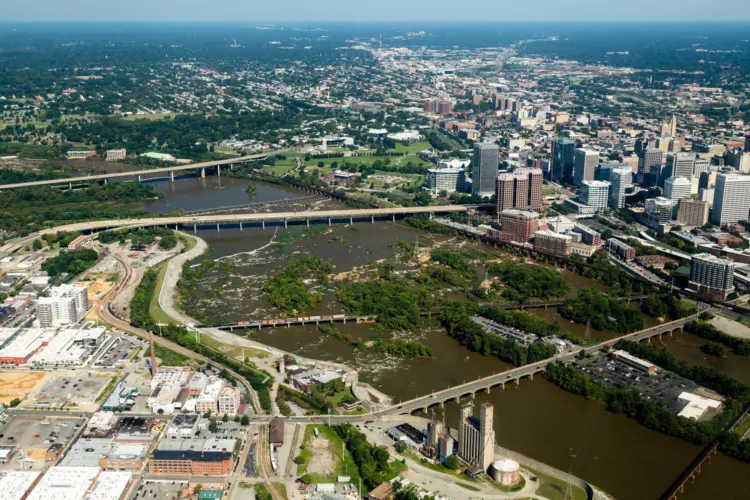
Prince George’s County
Prince George’s County, MarylandBuilding Relationships for Mutual Waste Management Wins
In 2016, Prince George’s County launched the Pet Waste Management Initiative, bringing together more than 40 municipalities and more than 12 homeowners and civic associations. The project led to the installation of more than 200 pet waste stations, the production of an outreach video and the training of municipalities in best practices for talking to residents about pet waste and stormwater.
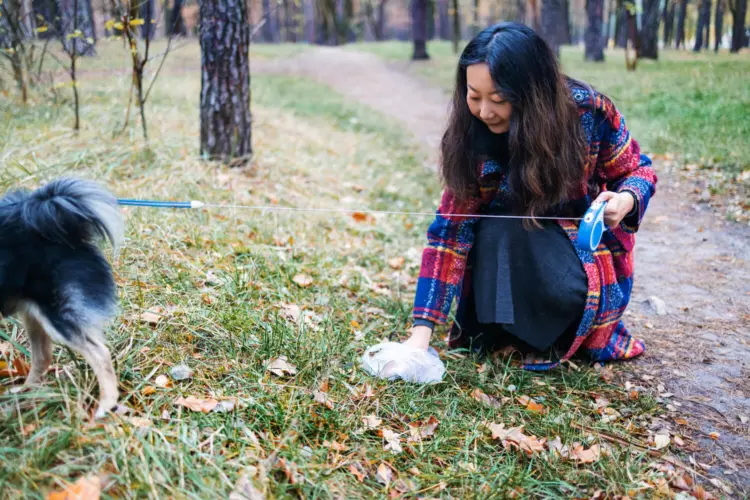
City of Lancaster
Lancaster, PennsylvaniaTiming is Everything
The City of Lancaster adopted a stormwater utility program to limit the quality and quantity of stormwater runoff. Prior to rolling out a fee structure, the City held dozens of public meetings and individual briefings. The City also met with the top 80 businesses in town to answer questions and address concerns.
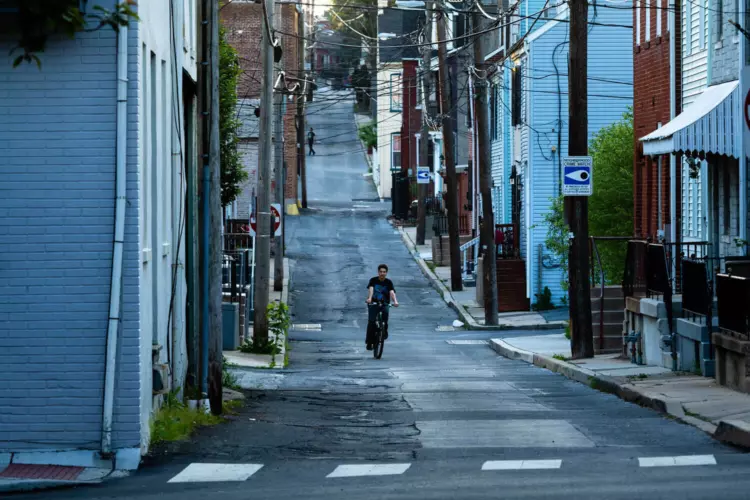
Petersburg
Petersburg, VirginiaDiversity, Inclusion and Engagement
The Petersburg Walkable Watershed project began with a survey to identify community needs. This led to a series of public meetings held in collaboration with the neighborhood watch. Input was collected, and presentations and draft strategies were made available for public review. After each review session, the strategies were updated and shared again. Engaging the residents who were already involved in the neighborhood watch brought in diverse voices to share their concerns and help develop solutions.
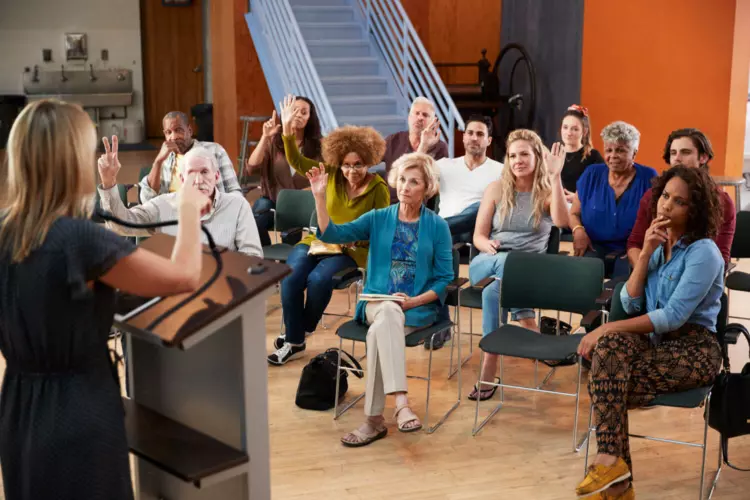
West Virginia
West VirginiaThe Importance of Transparency
The Safe Water Conservation Collaborative brings together more than 25 water utilities, land conservation organizations and community partners to collaborate on practices that protect drinking water for communities in the Eastern Panhandle of West Virginia. Their strategic plan established a shared mission, vision and goals, as well as a timeline for action through 2026. With this information publicly available, steering committee members and partners are clear on how the collaborative operates.

Washington, D.C.
Washington, D.C.Taking Time to Reflect
In 2020, Washington, D.C. launched a behavior change campaign to educate communities about proper waste containment and encourage communities to reduce curbside trash leakage. Monitoring community behavior both before and after outreach materials were distributed helped the District assess the impact of its campaign. The program also compared the behavior of houses that received the outreach materials with the behavior of houses that did not. These metrics allowed the District to measure behavior change and success.
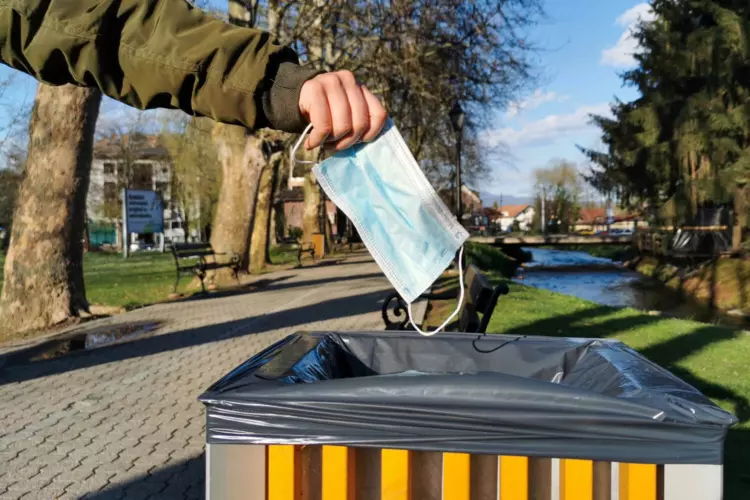
Here's How You Can Help
Learn More About This Topic
Apply the results of the Chesapeake Bay Program’s Stewardship Index Survey to your own efforts to increase the number of residents taking on-the-ground actions to protect and restore the Chesapeake Bay.
Explore case studies that show how local governments, citizens and private companies are installing best management practices to keep waterways healthy, beautiful and economically viable.
Find information about more than 600 organizations actively working to restore and conserve natural resources and create sustainable communities across the Chesapeake Bay watershed.
Learn how to be more engaged and inclusive of differentially exposed and traditionally underserved populations.
Join a global network of more than 2,500 local and regional governments committed to sustainable urban development.

